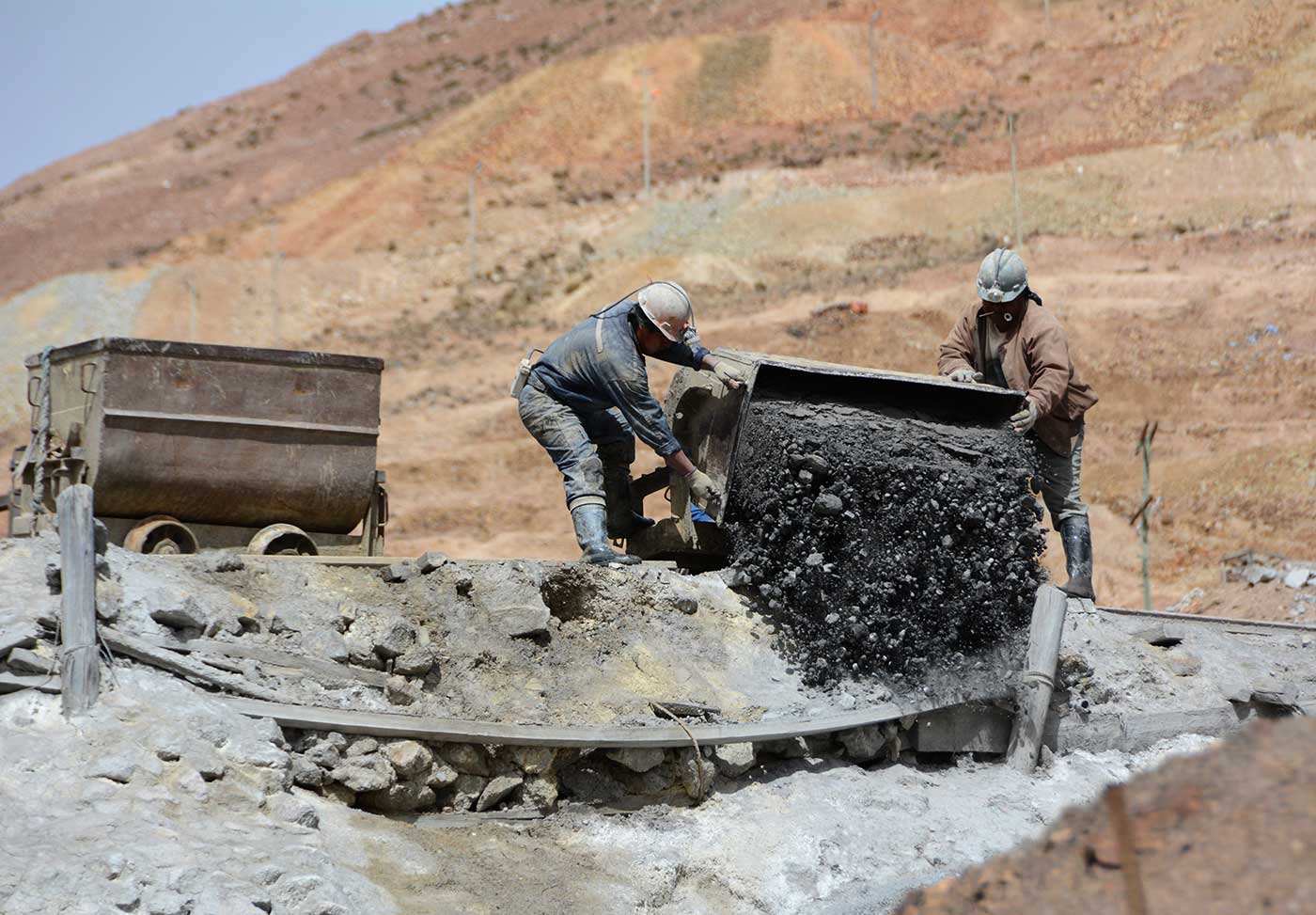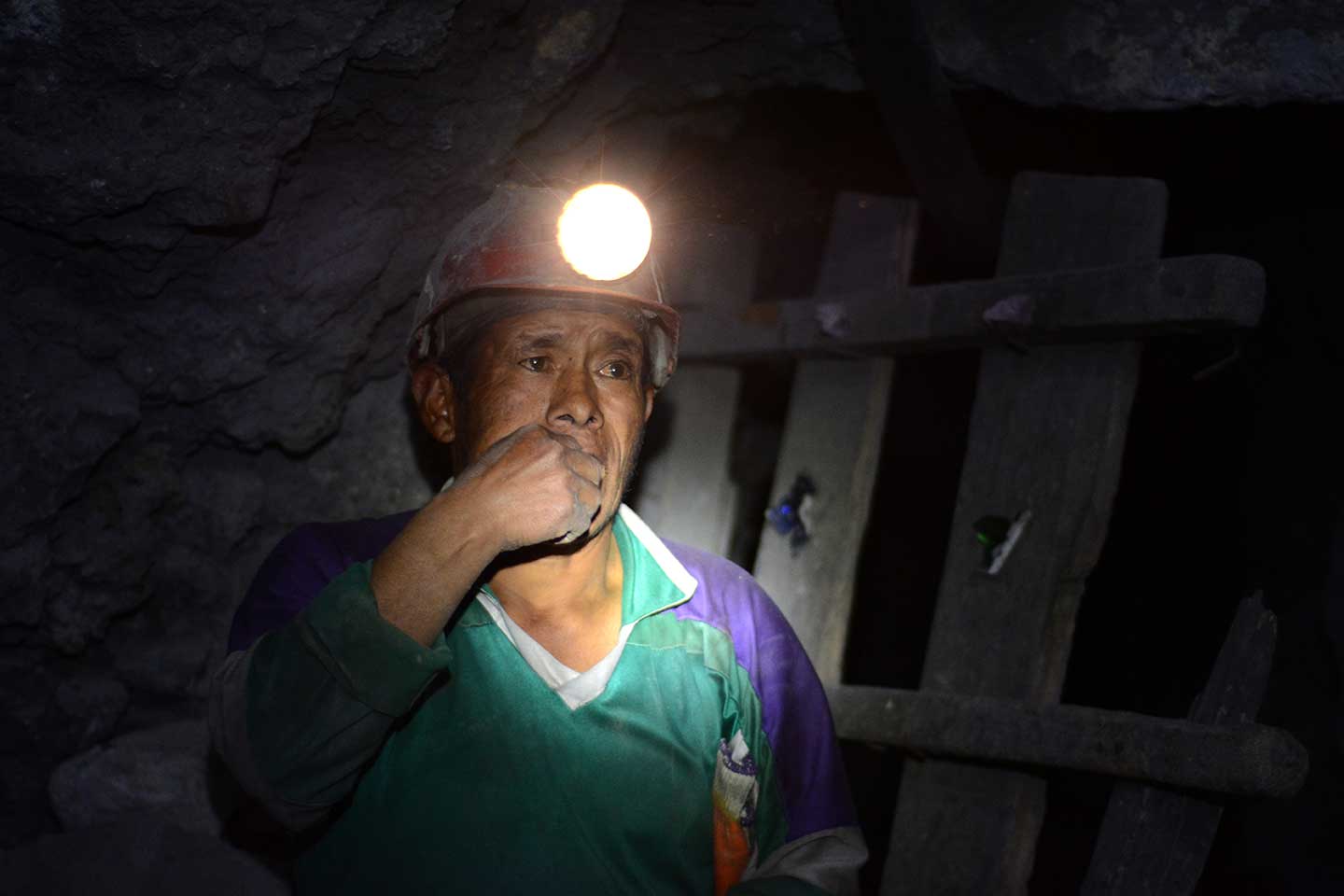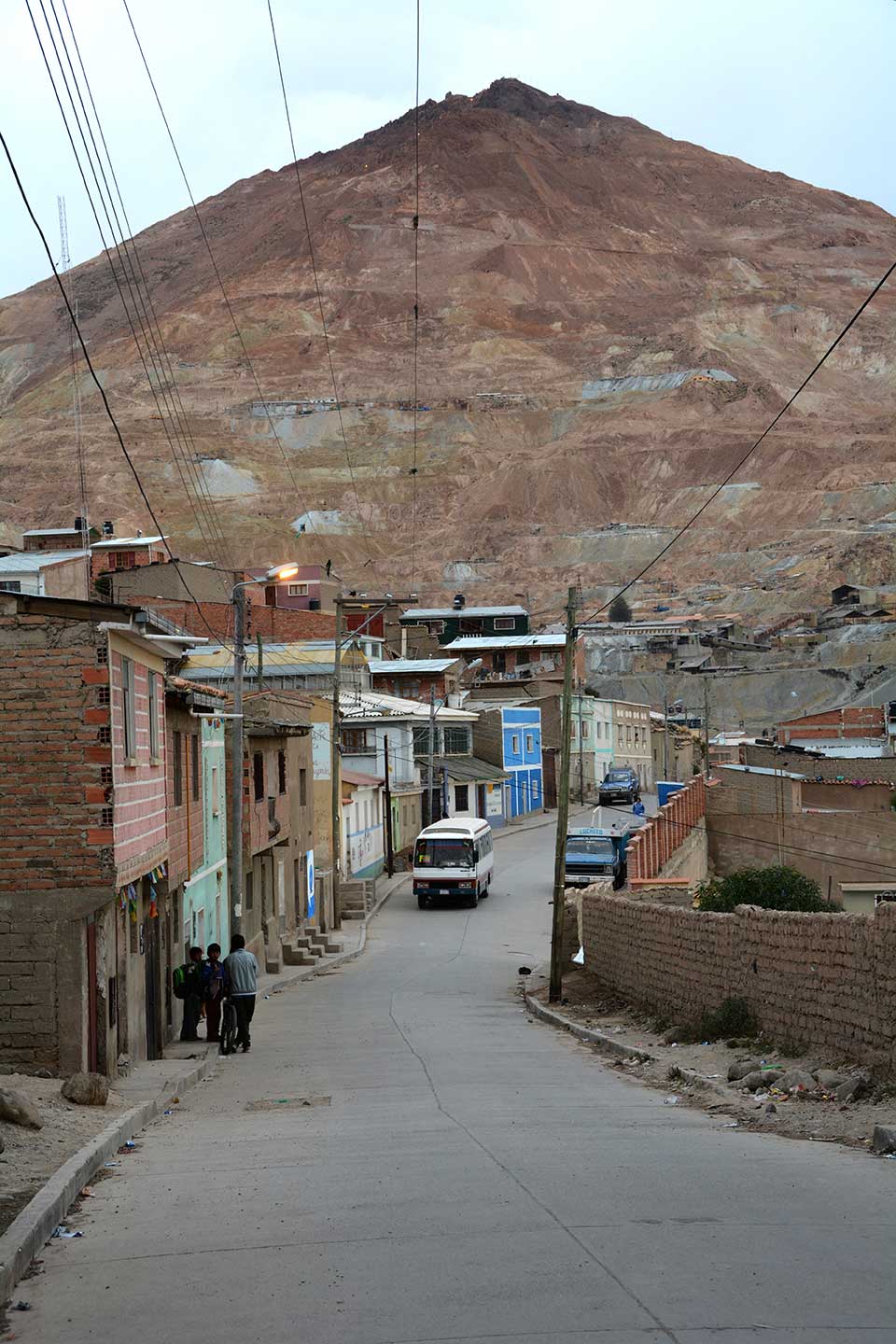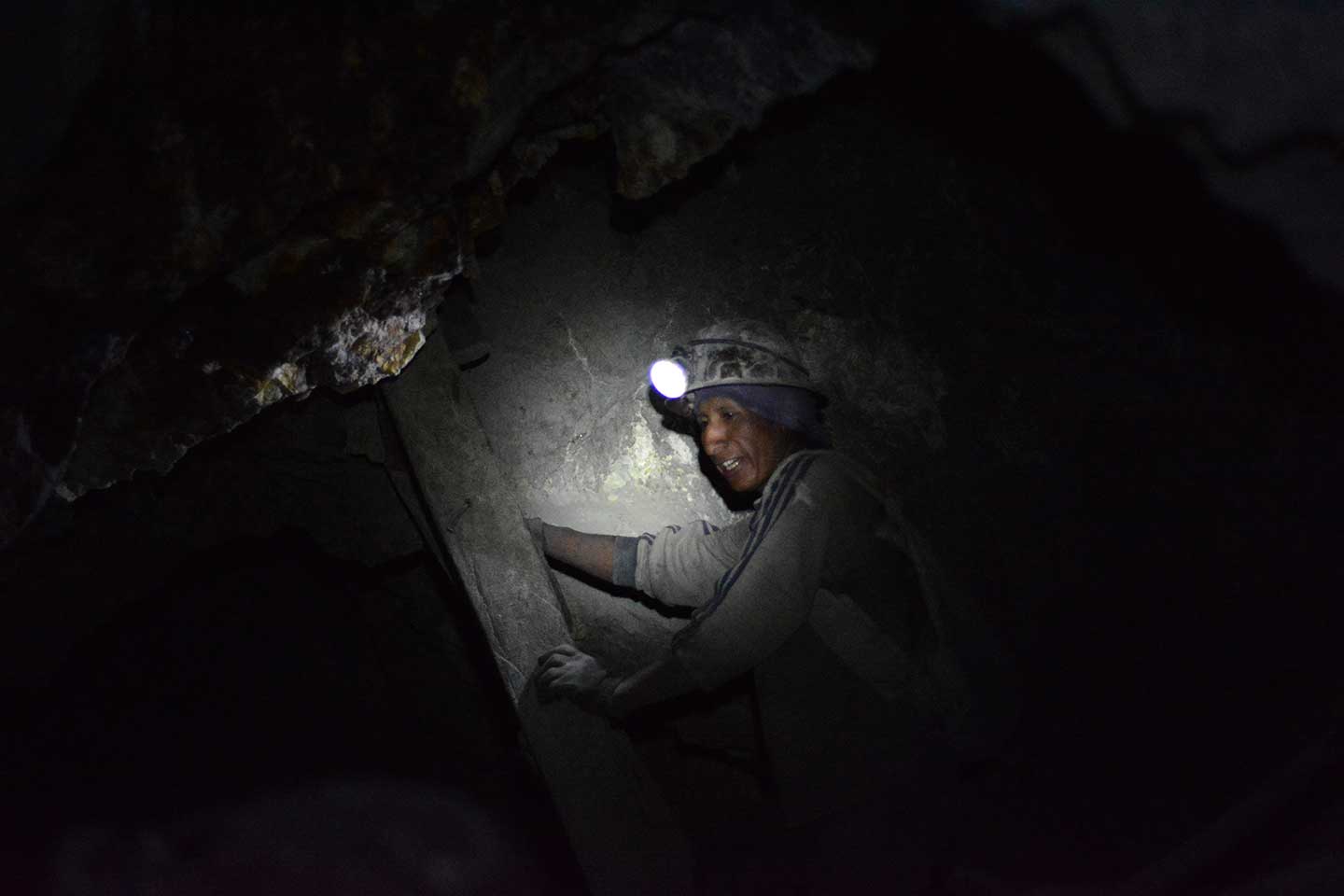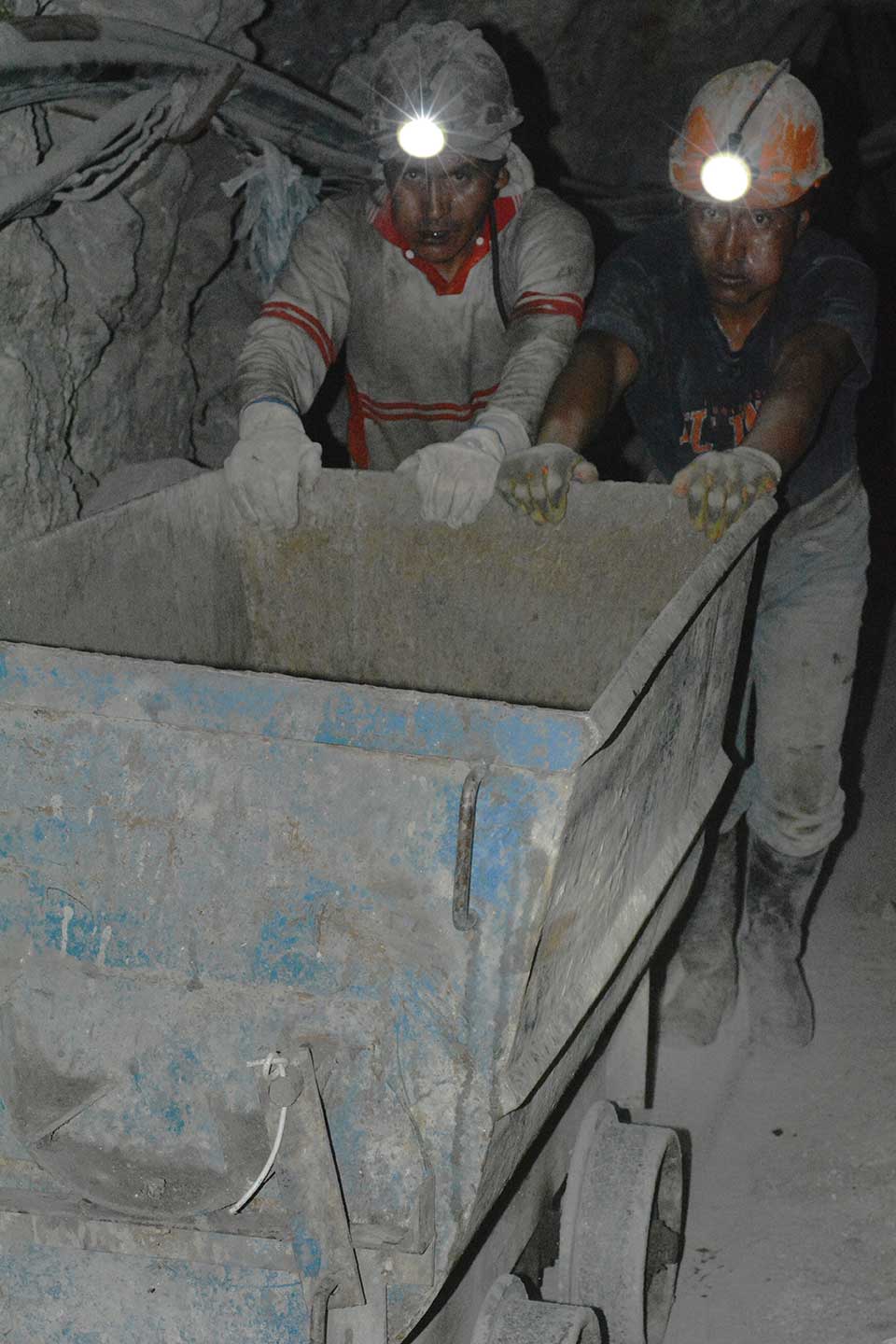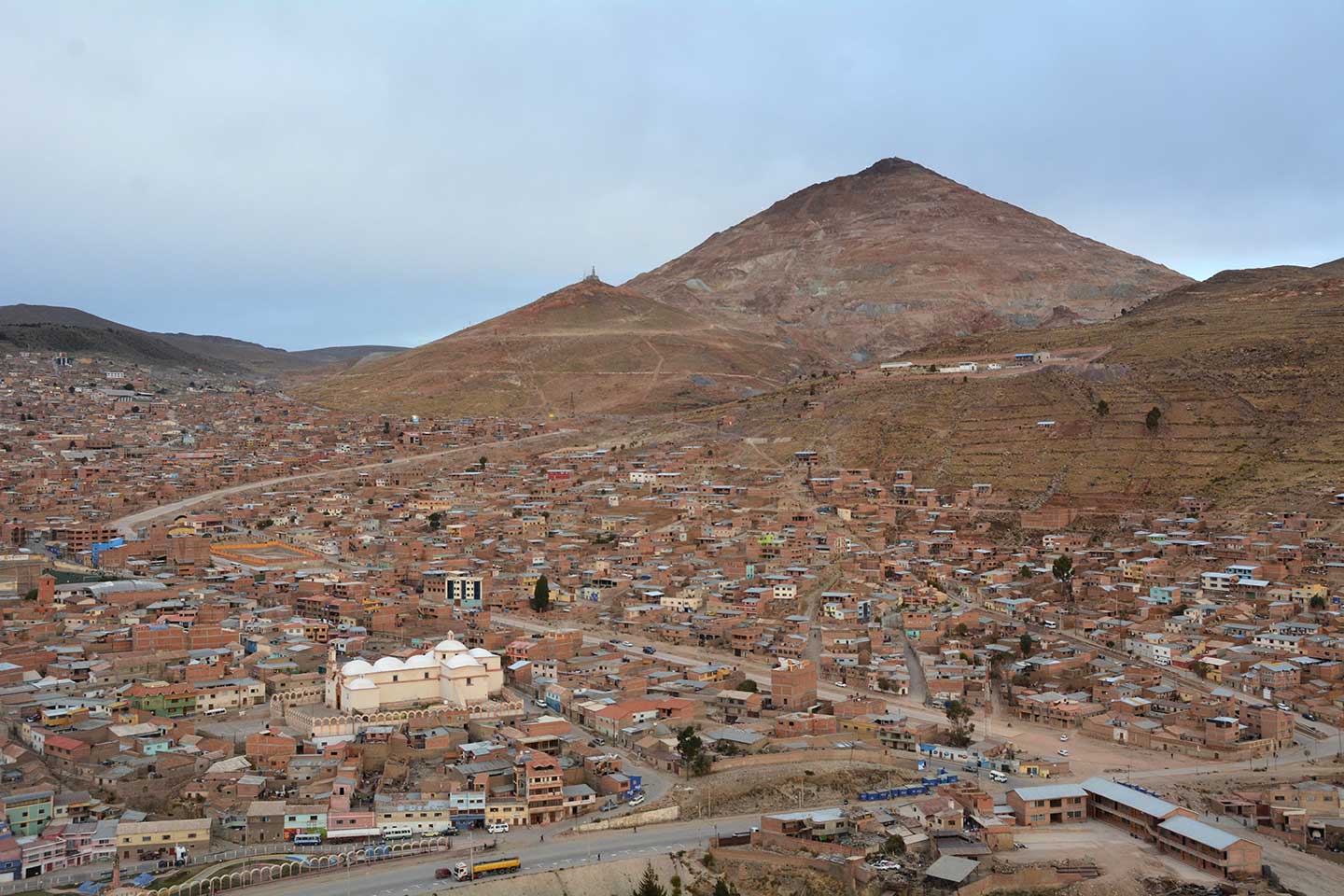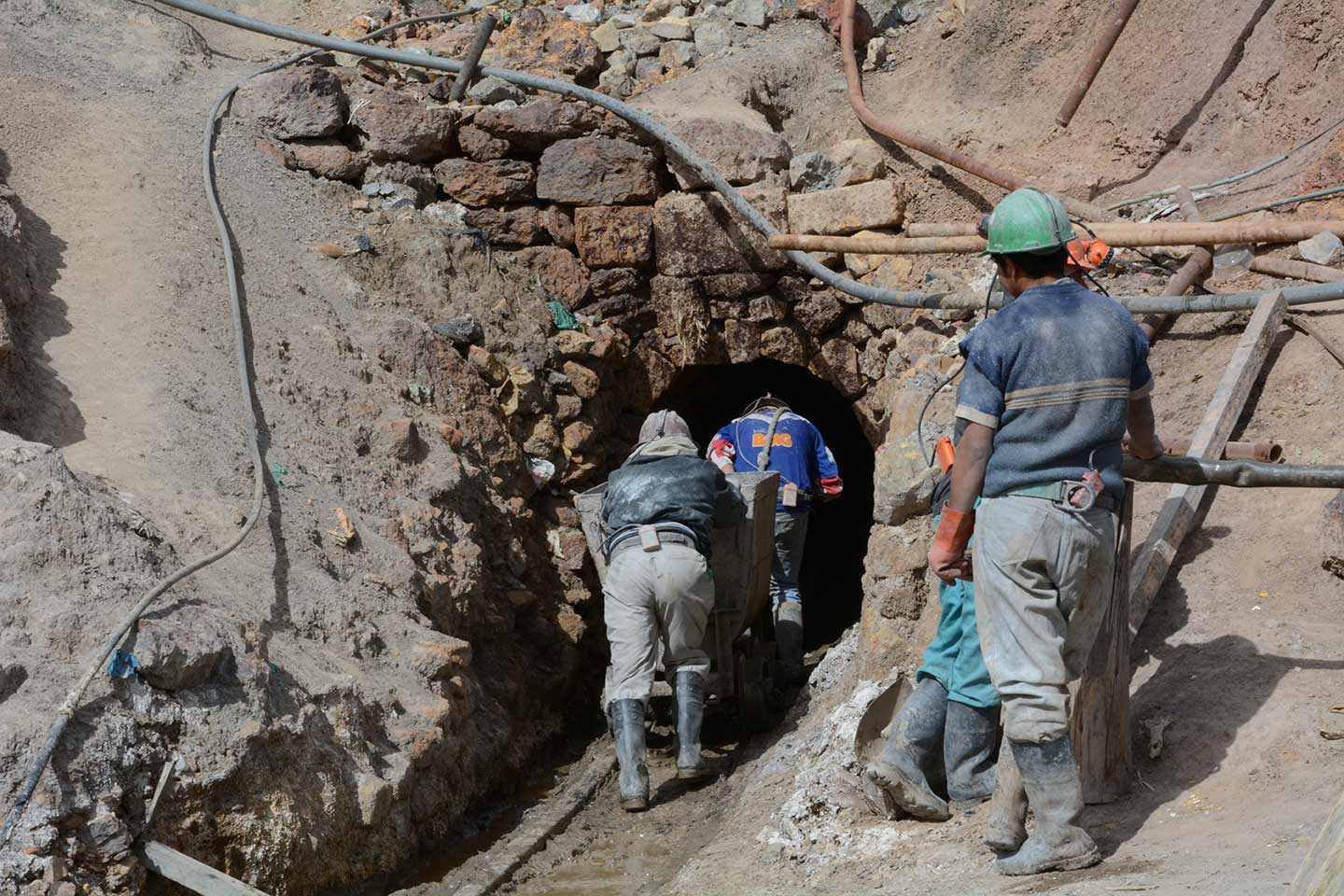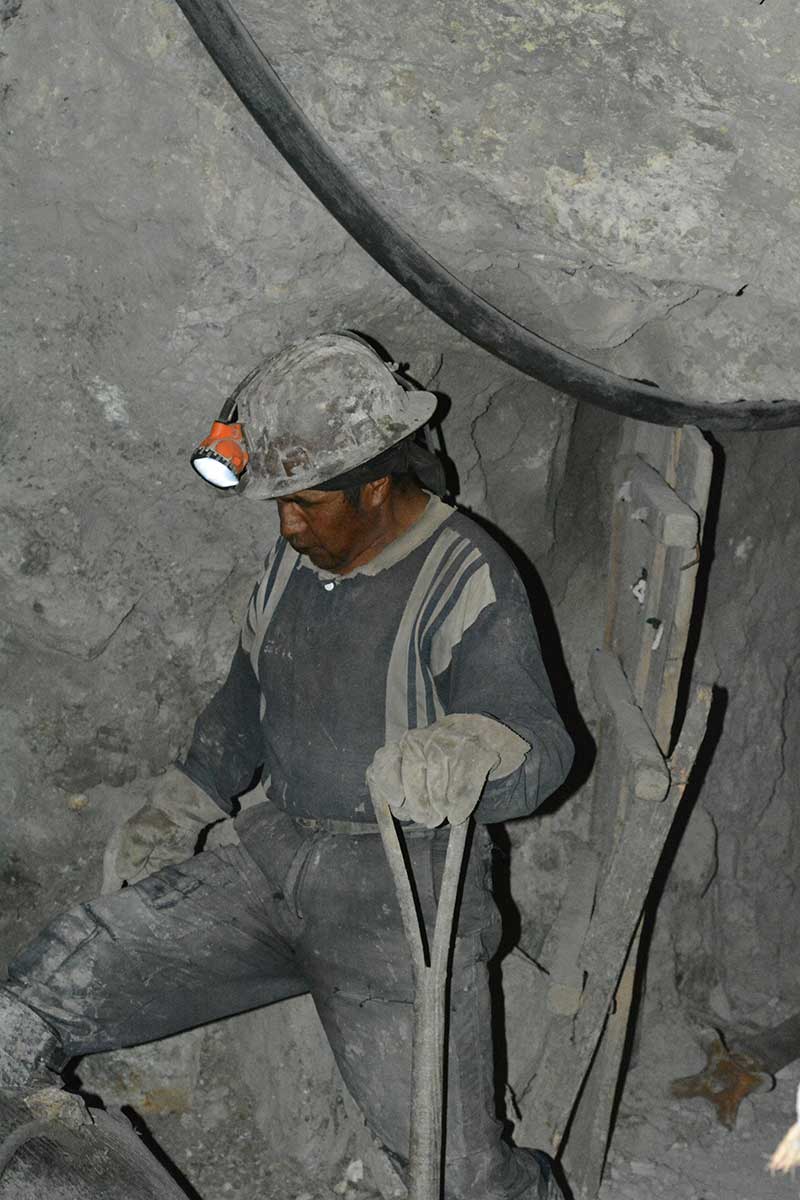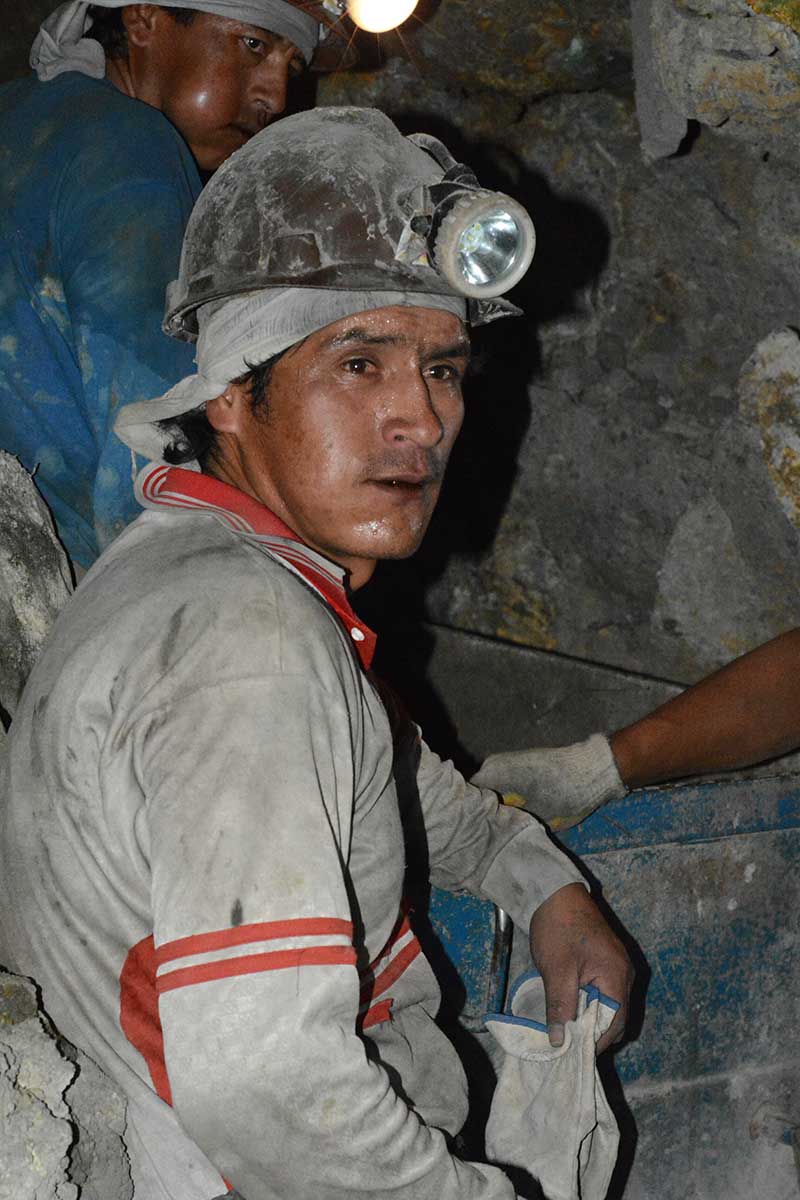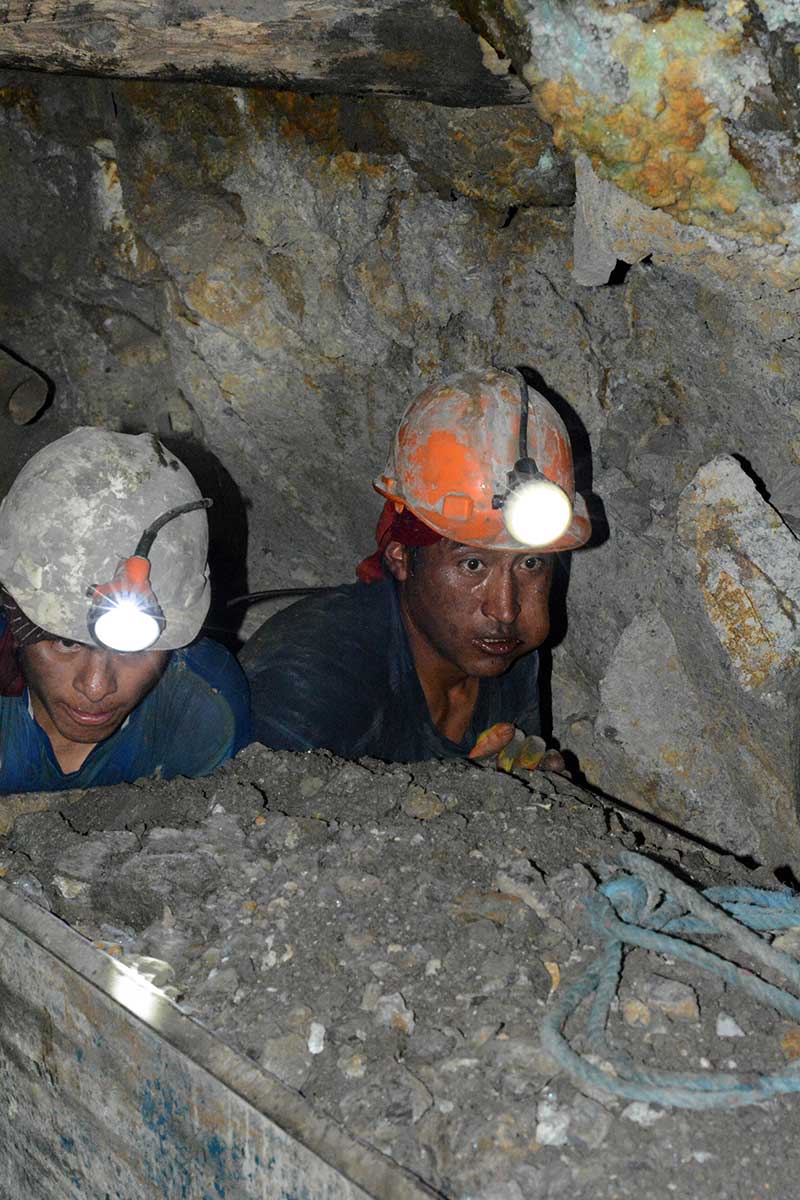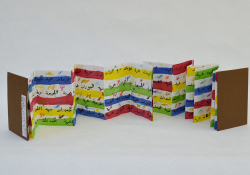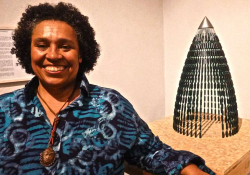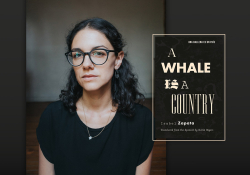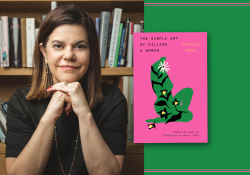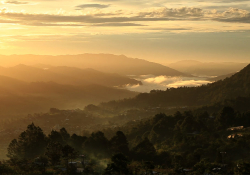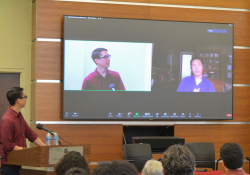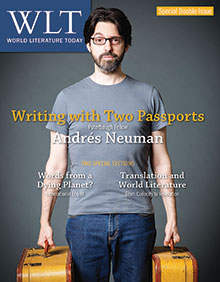Photographing Ecotourism and Breakaway Republics: An Interview with Kevin Gass
The gallery above includes photos of Potosi and Cerro Rico Mine, Bolivia. Photos © Kevin Gass
Photojournalist Kevin Gass has been creating photo essays that capture countries and cultures in flux for over fifteen years. In 2013 he and author Tom Zoellner traveled to Potosí, Bolivia, to cover working conditions in the Cerro Rico mine; Zoellner’s essay, “The Mountain That Eats Men,” along with Gass’s photos, appears in the special section devoted to eco-lit in the May 2014 print edition. In an interview with WLT’s art director, Merleyn Bell, Gass shares the details of that experience and insights into his creative inspirations.
Merleyn Bell: How long have you been shooting?
Kevin Gass: I’ve been shooting regularly for fifteen years. My first photo essay was actually ten years earlier, during the Velvet Revolution in Prague. That’s where I met my first mentor —a gregarious, generous photographer from the Solidarność newspaper of Poland. He took me under his wing, offering advice on lighting and timing, and also bringing me to meetings and interviews in taverns, coffee shops, and hallways. I never even got to properly thank him or learn his full name—he was arrested by the StB [Czechoslovakian secret police] before I asked.
MB: Are there specific themes (social, environmental, etc.) or personal passions that guide your decisions on what assignments to accept?
KG: I'm fascinated by change and the perseverance of people in unusual or difficult circumstances . . . or at least what I perceive to be their difficult or unusual circumstances. People are amazingly adaptable over the long haul, but their reactions to sudden, rapid change can make for fascinating pictures. Paradoxically, resistance to change can make for equally compelling stories.
MB: How did you come to know Tom Zoellner, and what led to your collaboration?
KG: Through a stroke of fortune, we ended up as neighbors a few doors down from each other. Tom’s a gifted writer—Jon Stewart described Uranium, one of Tom’s books, as “crazy fascinating.” I’d say the same about Tom’s other books, too. But when we met, Tom hadn’t published his first book yet. In fact, both of us went to the Central African Republic on spec to report on the diamond industry there. That story became an anchor in his first book, The Heartless Stone, an amazing book about the diamond industry.
We travel well together, and we work well together, both of which can’t be overvalued. It’s a true team effort when we’re in the field. It could be as simple as my taking a portrait of a tribal chief to occupy the chief’s attention while Tom gets the oral interview we need from someone else. Or Tom blocking traffic for a moment while I line up a shot. Or playing a solid tandem of good cop, bad cop as we negotiate transport in places where there really isn’t much of any.
MB: Have you worked on other projects together?
KG: In addition to Bolivia, Tom and I have worked together on projects in Peru, Rwanda, Yemen, Georgia, and Albania.
MB: How was the assignment in the mines different/similar to others you’ve worked on?
It’s easy to see the miners’ hard labor, but physically seeing the dust particulate floating in the air constantly reminds you not just of the work involved in the mining but also the danger of their jobs—whether it be a cave-in or cancer.
KG: From a technical perspective, belly-crawling with your equipment between mine shafts and then shooting in virtual darkness while everything around you is covered in monochromatic gray mine dust definitely adds an unusual twist. That same dust causes lung and intestinal diseases, and the miners work in that dust every single shift of every day. It’s easy to see the miners’ hard labor, but physically seeing the dust particulate floating in the air constantly reminds you not just of the work involved in the mining but also the danger of their jobs—whether it be a cave-in or cancer.
MB: At the end of his essay, Tom posed these questions: “Is this a good thing? Is it right to view the horrific working conditions of other human beings as a kind of amusement? The answer may not be so simple when you consider the alternative; that is, is it better not to look and therefore not to know?” Having now seen and experienced conditions at the mine, what’s your take on this brand of ecotourism?
If ecotourism in places like Cerro Rico makes the miners’ occupation a bit more profitable and it brings them a few extra dollars that they can save for a rainy day or use to get their kids a pair of shoes or put a better meal on the table, then I’m 100 percent in favor.
KG: This kind of ecotourism is also eco-nomic tourism, based not only on the environment but also on the miners’ trade and occupation. These guys are going to be in the mines, working the same shifts and breathing the same dust whether we go into the mines or not. If ecotourism in places like Cerro Rico makes the miners’ occupation a bit more profitable and it brings them a few extra dollars that they can save for a rainy day or use to get their kids a pair of shoes or put a better meal on the table, then I’m 100 percent in favor.
MB: Have your preconceived notions of a place or its people ever changed after an assignment?
KG: Thankfully yes, many times. To me, turning your own and others’ perceptions upside-down is one of the most rewarding aspects of travel. Three examples come to mind: Yemen, Transnistria, and Argentina. I found the people and governments of Yemen and Transnistria to be the opposite of what I expected. In Yemen, I found the people and the government officials I met to be amazingly welcoming, helpful, and friendly—not at all what I expected based on their social rankings and the fringe elements in Yemen that typically make the news. It really shined a bright light on the differences between their generous openness/hospitality to strangers and the closed/restrictive values they have for themselves, especially women.
In Transnistria, I had the opposite experience—I expected the government and the Transnistrians to be passionate and excited to tell their story about why they didn’t want to be part of Moldova. There’s not a lot of international travel or trade into or out of Transnistria, except for production from a few giant factories. For both political and economic reasons, I expected them to welcome the rare visitor/tourist with open arms. Instead, I found myself in a Kafkaesque USSR time warp. Transnistria did not want visitors, especially those carrying cameras, and once you were there, did not want you to stay. It is so unusual and surreal that pretty much everyone who visits Transnistria is independently compelled to check with others who have been to confirm that their experience was somehow not atypical.
I went to Argentina immediately after the currency collapse in 2001. Based on what I was seeing and reading on the news, I expected political and economic turmoil—riots, tires burning in the streets, and fire-bombings of banks. What I actually found was a country more filled with exasperation and sadness. Sure, there were cacerolazos [civilians who use pots and pans to make noise during protest] protesting and marching, and there were banks that had been damaged, but, on balance, I found that the people were more frustrated and tired than angry. Which made for a very different set of photos.
MB: What current projects are you working on?
KG: I’m really looking forward to my next two projects—I think they’ll be exciting and hope they’ll be meaningful and provocative. I’m doing a piece next month on breakaway republics. That piece will bring me back to Transnistria and Ukraine, as well as to South Ossetia, Abkhazia, and a few other places where there’s at least a small undercurrent of discontent with how the maps are currently drawn. Later in the summer I’ll be in Venezuela, highlighting the impact its economic policies have taken on businesses, individuals, and infrastructures. This project is fascinating to me on so many levels.
